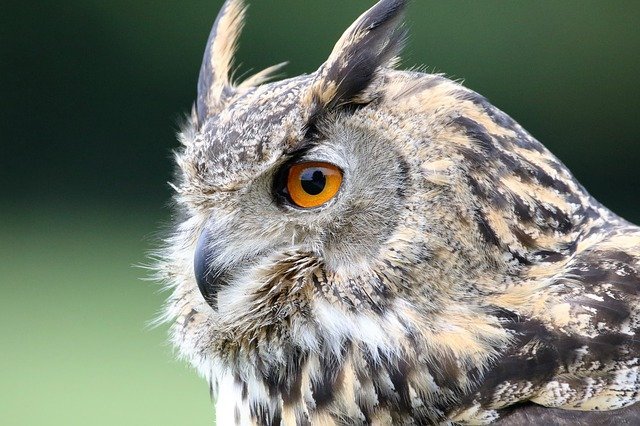
That’s great! There is a lot of information that may make it difficult to determine how to start. Follow this easy, sensible advice to improve your pictures quickly.
Be mindful of which and how many objects appear in your photos. Imagine your camera is a tiny window focused in on just one component of your subject. Do not try showing too much. Try taking a series of photos for a better impression of a subject than one without details and focus.
If you’re taking pictures of landscapes, you will want to create depth and perspective for the viewer. Provide the viewer with an understanding of the scale for the photo by placing a person in the picture’s foreground. A small aperture, usually smaller than f/8 in many digital cameras and f/16 for SLR’s, allows greater sharpness throughout the entire picture.
Pay attention to the speed of your shutter and test out various scenes by alternating it. Photography gives you the power to turn a series of single moments into a larger, more broad time frame. If you use a fast shutter speed, you can get photos of things that are in action, whereas slow shutter speeds are good for things that are not moving.
Use different colors, features, and angles with your camera. It is possible to take very interesting, high-quality photographs without focusing on traditional subject matter. A good photographer makes even insignificant objects look interesting. You will find your own style as you experiment.
Do not make your camera settings too complicated. You should try to become knowledgeable about one part of a control, such as shutter speed or aperture, prior to moving on to the next one. You will be able to pivot your effort around the subject you are photographing. This avoids the common time-wasting confusion that ensnares many amateur photographers.
Having people in your pictures can add authenticity, perspective and interest. Of course, it is recommended to request permission first before snapping pictures. As you travel, these pictures will bring back your memories of your trip. Try to catch people that are just ordinary.
Make sure that your arms remain next to your body when you hold a camera, and make sure that the sides and the bottom of the camera are supported. This keeps the camera steady and reduces the number of blurred shots you take. By cradling the camera from below, it will help to prevent you from dropping the camera accidentally.

Memory Card
Another handy photography tip involves the camera’s shutter. Educate yourself about the advantages of different shutter speeds. On your SLR camera there are several settings; S, A, M and P. The “P” setting means program mode. This mode will completely automate the shutter and aperture selection process. If you are not sure what you will shoot, use the “P” setting.
If you want to take great pictures, you have to take a lot of them; buying a big memory card will allow you to hold the many pictures you need to take. If you have a large enough memory card, you can take as many pictures as you want without ever worrying about whether or not you will have enough room. An added benefit of a larger memory card is that you will be able to shoot in RAW (if your camera has this capability). The RAW format preserves more details than JPEG and allows for a lot of flexibility once you get into post-production.
Try to experiment with colors, angles and the different features of your camera. You do not need an original object to take a high-quality picture. A skilled photographer with an artistic eye can turn a mundane subject into an exceptional picture. Try experimenting to find your own unique style.
Find the subject that you want to photograph. If you don’t have the perfect subject, then the quality of your equipment, or the amount of your composure skills won’t amount to much. Chose inanimate objects that inspire you, or search for a willing participant that can act as your muse.
Try to get as close as you can to your photo subject. There is nothing worse than the subject being so far away in a photo that it makes it hard to see colors and details. You need to ensure that your subject can be seen vividly.
As you can see, there are many small steps you can take to significantly improve your photography skills. Come back anytime to review the article and brush up on new skills. Keep practicing and learning, and in time, your photographs will be works of art.
When you take photos in fluorescent lighting, change the white balance so it looks clearer. You will notice that fluorescent light highlights the blue and green light spectrum and will require post processing in order to balance your tones.


